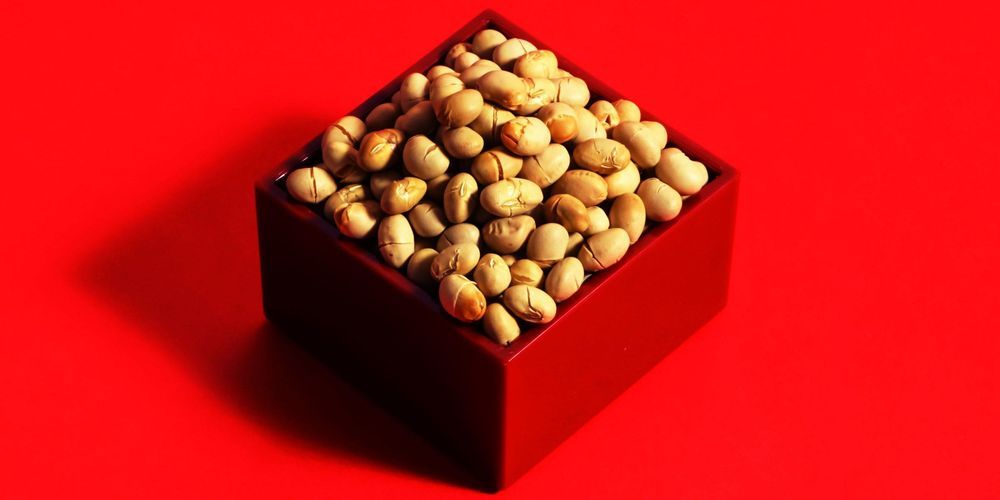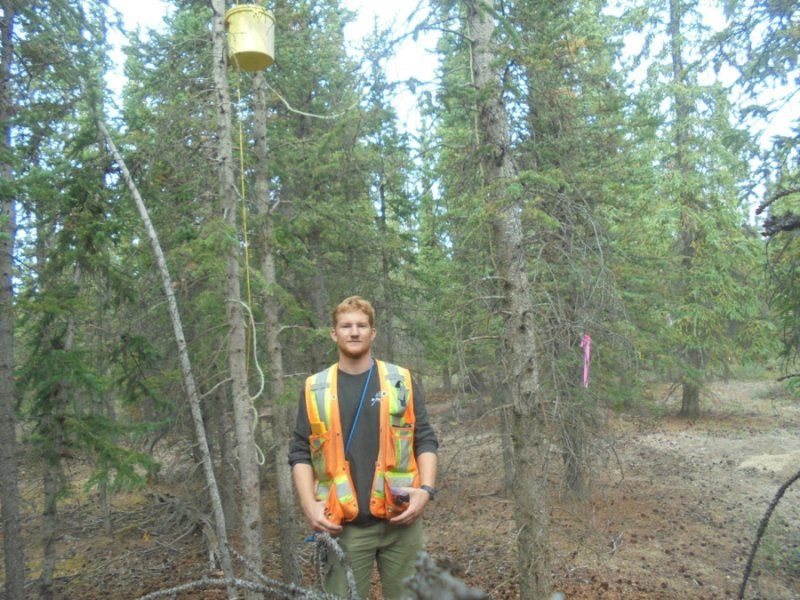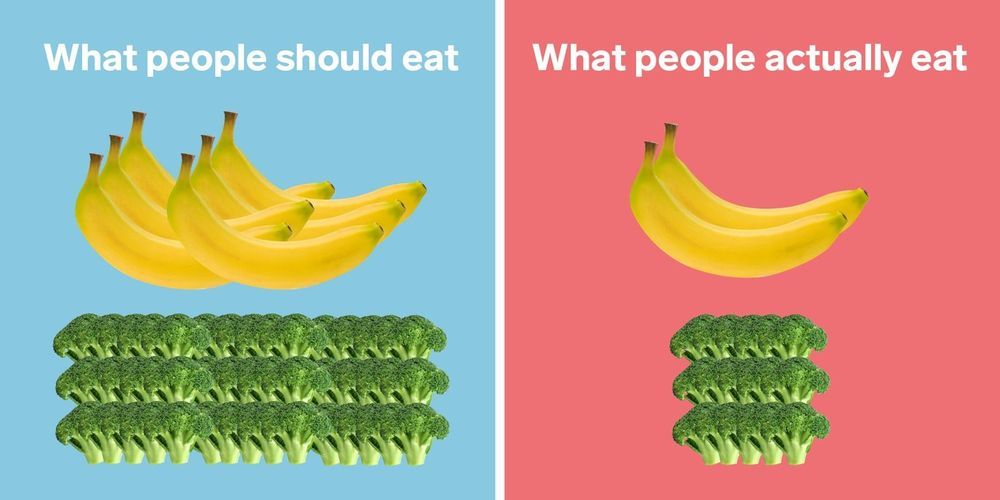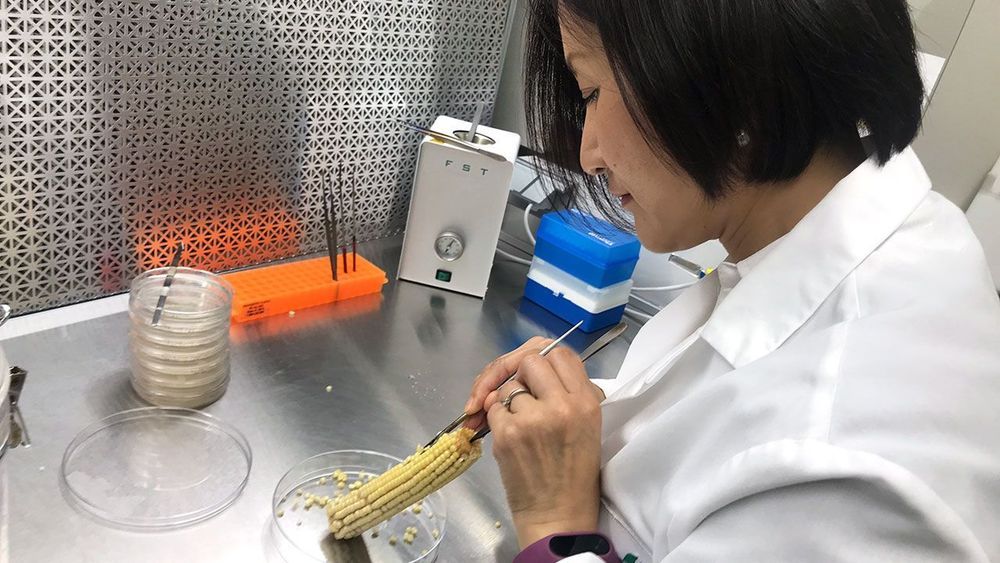Calyxt is the first with its gene-edited oil, but several other companies also have edited foods in the works.
Category: food – Page 264
Instead, new research by McMaster behavioural scientists shows that in certain cases evolution works in the opposite direction, reversing individual improvements to benefit related members of the same group.
The research appears in the Journal of Evolutionary Biology, where lead author David Fisher shows that the increased evolution of selfless traits — such as sharing food and keeping watch for one another — is mathematically equivalent to the decreased evolution of individually beneficial traits.
“They’re two sides of the same coin,” Fisher explains. “On one side, traits evolve that benefit your kin, but don’t benefit you, because you’re helping your siblings or cousins. On the other side, traits that benefit you but cost your neighbours don’t evolve, because you’re causing damage to related individuals.”
Rise of the Machine Empaths
Posted in computing, food, mobile phones
It’s not just that millennials have astonishing facility with computers, taking to every cell phone and software or video game release like birds to the sky. And it is not only that they seem more mechanically adept than other generations, with fine motor skills far beyond those of older people (with their ham-handed, clunky attempts at tiny phone keyboards).
It’s that they seem to be becoming one with the technology.
Anyone who’s ever had to remove a cell phone from beneath a teenager’s bed pillow to allow for a good night’s sleep (uninterrupted by incoming texts and calls) or peel an avid gamer away from the console long enough to eat dinner knows what I’m talking about. The devices are not just tools — they are extensions of young bodies and minds. In fact, according to a recent Nielsen survey, eighty-three percent of Generation Y admit to sleeping with their phones.
Today is National Agriculture Day! From enabling higher crop yields to maximizing every drop of water for farmers, NASA is working to help transform the agriculture industry. Check out some of the farming tools that have roots at NASA:
Growing plants can be tough, whether you’re on a spaceship or Earth. A special fertilizer made it easier for astronauts on the International Space Station and farmers down below, resulting in just one of the space program’s many contributions to agriculture.
Numerous farming tools have roots at NASA. Over the years, companies large and small have partnered with the agency, honed technologies and delivered innovations to benefit the industry. These are just a few examples:
Egg protein, gelatin etc, ha. I can imagine loads of curling toes among vegetarians vegans and investors alike…ranging from pure horror to utter excitement…yay vegan and gluten free pills… a hole in the market.
The medicines you take contain a soup of active and inactive ingredients.
Active ingredients are the ones that provide a therapeutic benefit, while inactive ingredients are just that — inactive — meaning they don’t react in the body and are instead there to enhance the properties of the medication itself, such as its taste, appearance and ability to be absorbed by the body. [7 Bizarre Drug Side Effects]
But it turns out that inactive ingredients may not be as, well, inactive as we think: A new study finds that, in some patients, inactive ingredients can trigger allergic reactions or other symptoms of food intolerance.
Marine microorganisms in the Southern Ocean may find themselves in a deadly vise grip by century’s end as ocean acidification creates a shallower horizon for life, new University of Colorado Boulder research finds.
The modeling study, published today in the journal Nature Climate Change, forecasts that at current carbon dioxide emission rates, the depth at which some shelled organisms can survive will shrink from an average of 1,000 meters today to just 83 meters by the year 2100, a drastic reduction in viable habitat.
The steep drop, which could happen suddenly over a period as short as one year in localized areas, could impact marine food webs significantly and lead to cascading changes across ocean ecosystems, including disruptions of vital global fisheries.
NEW YORK (AP) — Somewhere in the Midwest, a restaurant is frying foods with oil made from gene-edited soybeans. That’s according to the company making the oil, which says it’s the first commercial use of a gene-edited food in the U.S.
Calyxt said it can’t reveal its first customer for competitive reasons, but CEO Jim Blome said the oil is “in use and being eaten.”
The Minnesota-based company is hoping the announcement will encourage the food industry’s interest in the oil, which it says has no trans fats and a longer shelf life than other soybean oils. Whether demand builds remains to be seen, but the oil’s transition into the food supply signals gene editing’s potential to alter foods without the controversy of conventional GMOs, or genetically modified organisms.
The A.I. Diet
Posted in food, government, information science, robotics/AI
Forget government-issued food pyramids. Let an algorithm tell you how to eat.
Credit Credit Erik Blad









